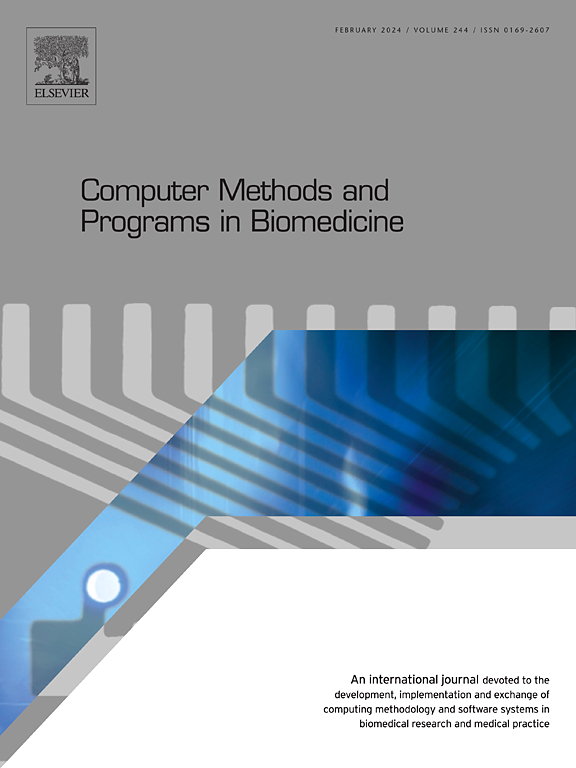Methods for estimating resting energy expenditure in intensive care patients: A comparative study of predictive equations with machine learning and deep learning approaches
IF 4.9
2区 医学
Q1 COMPUTER SCIENCE, INTERDISCIPLINARY APPLICATIONS
引用次数: 0
Abstract
Background
Accurate estimation of resting energy expenditure (REE) is critical for guiding nutritional therapy in critically ill patients. While indirect calorimetry (IC) is the gold standard for REE measurement, it is not routinely feasible in clinical settings due to its complexity and cost. Predictive equations (PEs) offer a simpler alternative but are often inaccurate in critically ill populations. While recent advancements in machine learning (ML) and deep learning (DL) offer potential for improving REE estimation by capturing complex relationships between physiological variables, these approaches have not yet been widely applied or validated in critically ill populations.
Methodology
This prospective study compared the performance of nine commonly used PEs, including the Harris-Benedict (H-B1919), Penn State, and TAH equations, with ML models (XGBoost, Random Forest Regressor [RFR], Support Vector Regression), and DL models (Convolutional Neural Networks [CNN]) in estimating REE in critically ill patients. A dataset of 300 IC measurements from an intensive care unit (ICU) was used, with REE measured by both IC and PEs. The ML/DL models were trained using a combination of static (i.e., age, height, body weight) and dynamic (i.e., minute ventilation, body temperature) variables. A five-fold cross validation was performed to assess the model prediction performance using the root mean square error (RMSE) metric.
Results
Of the PEs analysed, H-B1919 yielded the lowest RMSE at 362 calories. However, the XGBoost and RFR models significantly outperformed all PEs, achieving RMSE values of 199 and 200 calories, respectively. The CNN model demonstrated the poorest performance among ML models, with an RMSE of 250 calories. The inclusion of additional categorical variables such as body mass index (BMI) and body temperature classes slightly reduced RMSE across ML and DL models. Despite data augmentation and imputation techniques, no significant improvements in model performance were observed.
Conclusion
ML models, particularly XGBoost and RFR, provide more accurate REE estimations than traditional PEs, highlighting their potential to better capture the complex, non-linear relationships between physiological variables and REE. These models offer a promising alternative for guiding nutritional therapy in clinical settings, though further validation on independent datasets and across diverse patient populations is warranted.
求助全文
约1分钟内获得全文
求助全文
来源期刊

Computer methods and programs in biomedicine
工程技术-工程:生物医学
CiteScore
12.30
自引率
6.60%
发文量
601
审稿时长
135 days
期刊介绍:
To encourage the development of formal computing methods, and their application in biomedical research and medical practice, by illustration of fundamental principles in biomedical informatics research; to stimulate basic research into application software design; to report the state of research of biomedical information processing projects; to report new computer methodologies applied in biomedical areas; the eventual distribution of demonstrable software to avoid duplication of effort; to provide a forum for discussion and improvement of existing software; to optimize contact between national organizations and regional user groups by promoting an international exchange of information on formal methods, standards and software in biomedicine.
Computer Methods and Programs in Biomedicine covers computing methodology and software systems derived from computing science for implementation in all aspects of biomedical research and medical practice. It is designed to serve: biochemists; biologists; geneticists; immunologists; neuroscientists; pharmacologists; toxicologists; clinicians; epidemiologists; psychiatrists; psychologists; cardiologists; chemists; (radio)physicists; computer scientists; programmers and systems analysts; biomedical, clinical, electrical and other engineers; teachers of medical informatics and users of educational software.
 求助内容:
求助内容: 应助结果提醒方式:
应助结果提醒方式:


